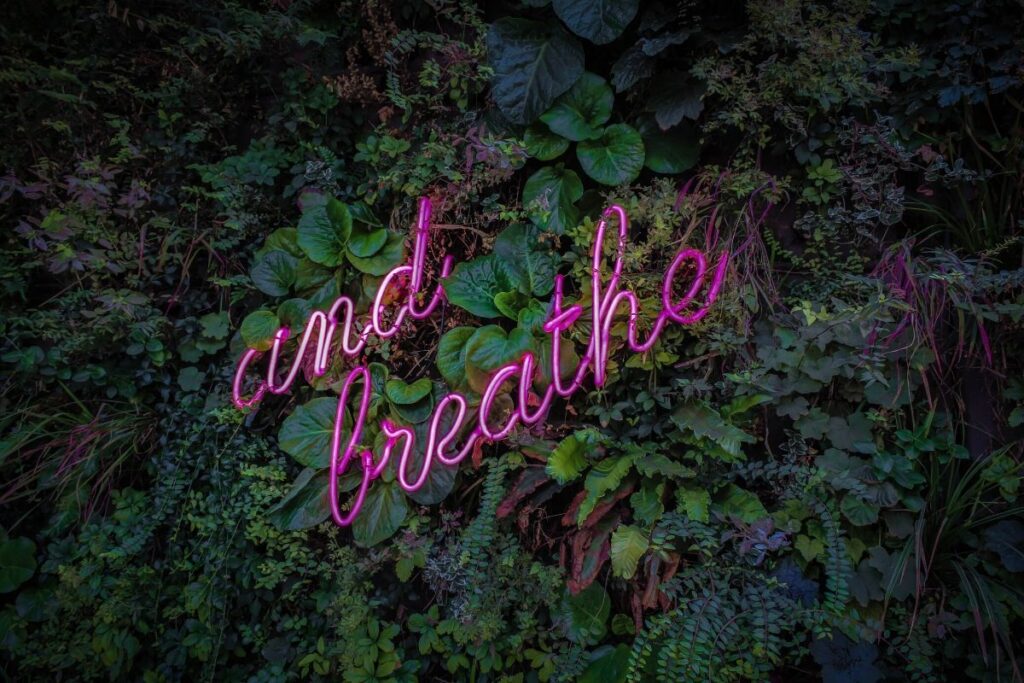Take a break: Create a sense of relaxation with self-hypnosis
We’ve all heard of hypnosis. Whether it’s a headline on the latest celebrity trying hypnobirthing, or TV specials on how you can stop smoking in “just one session”. But have you heard of self-hypnosis, and how can these techniques help us in our day-to-day lives? We speak with hypnotherapist Natasha Crowe, to find out more about the benefits of self-hypnosis – and how you can try it yourself at home, right now.

“It’s important to understand that all hypnosis is self-hypnosis,” Natasha explains. “We move through states of consciousness throughout our daily lives, such as focused creative pursuits, perhaps a skill you mastered some time ago or simply daydreaming.
“These shifts create physiological changes in our nervous system – for example, if we feel stressed then our body and mind will respond. If we experience extreme anxiety, our body will immediately shift into its fight or flight response, preparing us for the threat that we subconsciously fear. Yet more often than not, the fear is not actually real.
As Natasha notes, self-hypnosis techniques can be applied at any time when we might feel overwhelmed, worried, or when thoughts are spiralling out of control. She says: “Breathing techniques are key when it comes to sending our brain messages of calmness, grounding our bodies into the present, then allowing the subconscious to use its ability to imagine and create a new more successful picture or outcome.
“When we use these techniques, we activate the parasympathetic nervous system – the body’s rest and digest mode.”
Try it yourself
While self-hypnosis can be done anytime, anywhere, there are small things you can do to set yourself up for a better chance of success. Find somewhere comfortable where you can sit, ideally without interruptions. Ensuring you have a distraction-free environment can help you to focus. Then try this simple self-hypnosis technique from Natasha to help you feel more relaxed and calm, right now.
Breathe deeply, rhythmically, and slowly
Inhale and exhale to the count of four, or breathe in, hold for a moment, and release for a longer exhalation – find whatever feels most calming for you. If you haven’t yet, close your eyes.
Picture this
Picture yourself in a place that brings you comfort and peace. It doesn’t have to be a real location, or somewhere you’ve been. It could be riding a horse, on the beach, or something more every day, such as a bath or your favourite chair. You can even return to a happy or joyful memory – just choose somewhere you’d like to spend some time.
Engage all of your senses
To ground yourself in your new mental surroundings, it’s time to engage all of your senses. Smell your favourite flower. Feel the ocean breeze on your face and sand between your toes as you visualise lying on the beach. Watch the flicker of candlelight from a relaxing bubble bath. Hear the gentle breeze in the trees.
Choose an affirmation you need at this moment
It can be tailored to the specifics of any situation, or as simple as a few short words, such as “I am safe”, “I am peaceful”, or “I am strong”. Notice the subtle changes in breath, body and mind.

Getting the most out of self-hypnosis
As with all forms of hypnosis, in order to experience the most benefit, you need to approach things with an open mind, and a willingness to make positive changes. Self-hypnosis is a skill that takes ongoing practise to see lasting benefits.
Experimenting by yourself can help you to feel more relaxed, improve your quality of sleep, feel more confident, and even increase your overall sense of well-being. However, if you struggle to focus, or want to learn more techniques, working with a qualified hypnotherapist can help.
Not only can they help you with specific problems or issues, but they can also teach you self-hypnosis techniques to reinforce new ideas or behaviours that you want to see, allowing for positive results beyond the duration of your sessions.
Repetition is key. Try to make self-hypnosis a regular part of your self-care routine, and be patient with yourself. The more you practise, the more likely you are to see the benefits in your day-to-day life.
This article first appeared in Happiful Magazine in August 2020.

Find the right hypnotherapist for you
All therapists are verified professionals